
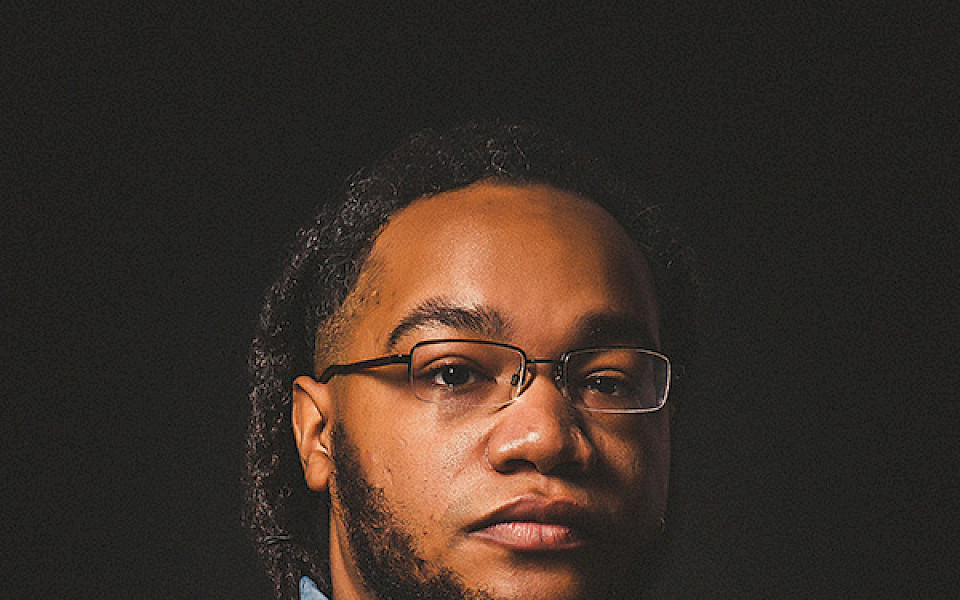
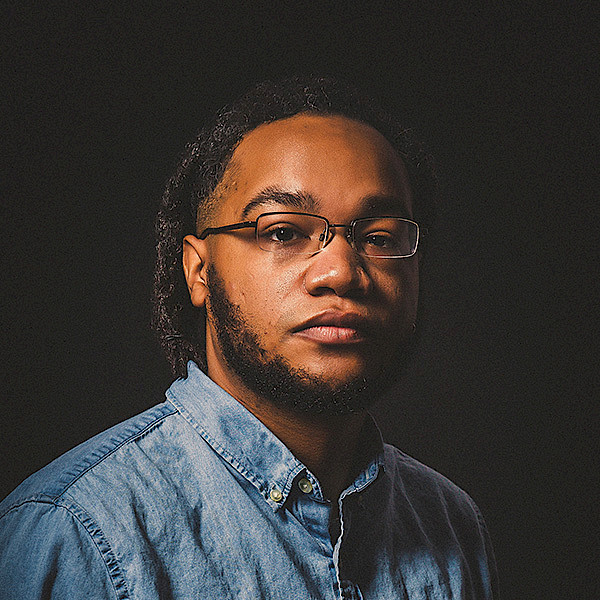
Delta Voices: Aaron R. Turner
This summer, the Arkansas Museum of Fine Arts launches Delta Voices: Artists of the Mid-South, a limited podcast and video series highlighting emerging artists working in the Mid-South. The series was created in collaboration with the Crystal Bridges Museum of American Art, the Memphis Brooks Museum of Art and the Mississippi Museum of Art. Each of the four episodes features an artist selected by curators at participating institutions. Crystal Bridges Museum of American Art selected Aaron R. Turner, a photographer based in Fayetteville, Arkansas.
urner studied journalism at the University of Memphis and received his M.A. from Ohio University and an M.F.A from Mason Gross School of the Arts, Rutgers University. He was a 2018 Light Work Artist-in-Residence at Syracuse University, 2019 EnFoco Photography Fellow, a 2020 Visual Studies Workshop Project Space A-I-R, and a 2020 Artists 360 Mid-America Arts Alliance Grant Recipient. Turner is originally from West Memphis, Arkansas.
Turner focuses his practice on two main series—Black Alchemy and Yesterday Once More (Family, The South). For Black Alchemy, he uses a large format film camera on a tripod to photograph still lifes in his studio. He layers strips of paper and reflective materials like mylar and then projects an image on top. His final prints read as black-and-white abstractions. For Yesterday Once More (Family, The South), Turner photographs relatives in Arkansas, Mississippi and Tennessee.
Associate Curator of Contemporary Art Alejo Benedetti spoke to Turner in June. To hear more of their interview, watch the video introduction on YouTube. This interview has been edited for length and clarity.
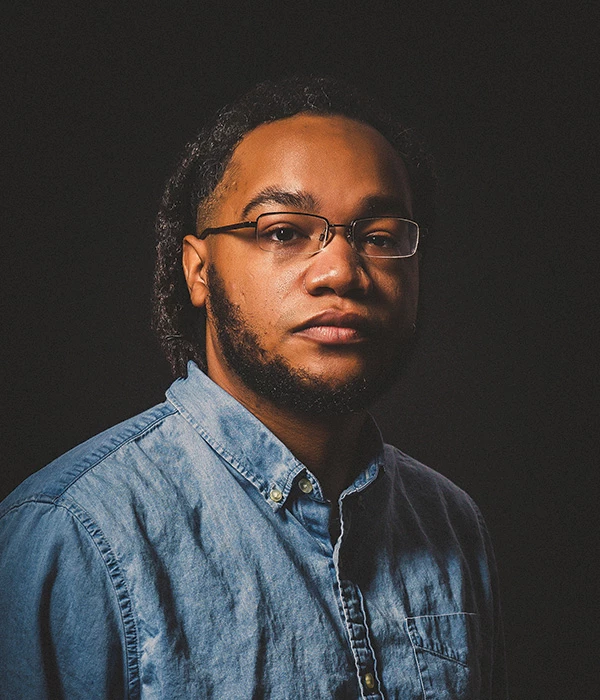
Alejo Benedetti: How did you get into photography?
Aaron R. Turner: I was an undergrad student at the University of Memphis. Baseball is one of my favorite sports, so I thought I would major in sports and leisure management and become the GM of a baseball team. I like the analytics of baseball—piecing together a team. Then I quickly realized that was not the best route to become a GM, at least for me at that time. I ended up changing my major to history. And then after a year of that, I said to myself in a cliché way, “Why study history when I can write history as a journalist on a daily basis?” I worked for the student newspaper and changed my major to journalism. This was a little bit after the housing crash of 2008, and fast forward to 2010, a lot of people are getting laid off at newspapers. Once that happened, the narrative was that you have to write the story, take the pictures, do video. You have to do everything because they aren’t hiring all these separate positions anymore. And it’s gotten significantly worse since then. I took an intro to photography class—a darkroom class. The first or second class the professor showed me images by Robert Capa when the U.S. invaded Normandy—the D-Day pictures. Then I thought I wanted to be a war photographer. I didn’t stick to that. I just took an intro to photography class to get the skills, but little did I know I would still be doing it until today. I would drop everything else and just keep the camera.
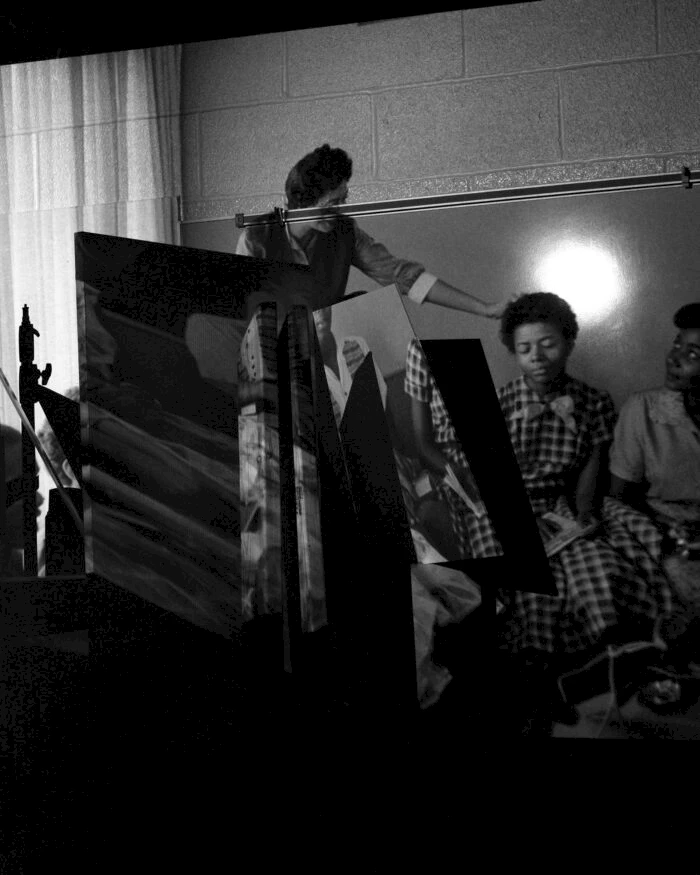
AB: From the very outset you were working in an analog mode, right? Not working digital?
ART: Yes. It was analog. My whole undergrad program at that time, it was just around the time that programs were switching over to digital or embracing digital technology. My program started with 35mm. Then you go to medium format and then large format. Large format is what I’ve been using ever since. I got hooked on it as a junior and senior. I haven’t put that camera down since. I was shooting digital for the school newspaper, but in terms of going to class and studying and looking through the art history books, it was all about analog and working in the dark room.
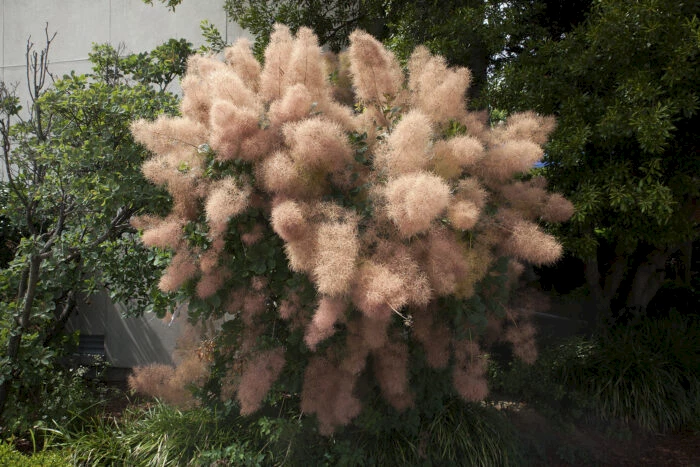
AB: You grew up in Arkansas and then you went away. Now you’re back in Arkansas. There’s something unique about being in this area—being in the art world and being in Northwest Arkansas. I wonder if you could talk a little bit more about that unique position?
ART: I made the decision to move back. In the back of my head, I was always saying that if I got an opportunity to move back to Arkansas I would. Because that’s pretty much the place I am most comfortable being. That’s where I got all my foundational morals and values. It’s where I became a person, basically. I remember all my family members traveling through the different small towns in Crittenden County, Arkansas, which is just across the river from Memphis, Tennessee. The river divides it. That’s the Arkansas Delta where I’m from. When I was living away from it, I began to have an appreciation for it. If I ever got the opportunity to combine art and living in Arkansas, I was going to take that opportunity. So, I took that, and came back in January 2019. I’ve been here ever since. It was a risky move, because I had started to build my community in New York—in the Hudson Valley and Upstate New York. I’ve been supported a lot, still while living here, in those areas. I had a lot of friends I was leaving, but I knew long term I wanted to be somewhere like Arkansas or Texas. Because it’s not what people may assume. When I was telling people I was moving to Arkansas, they were like “What’s there?” People just don’t know. I was like “That’s where I’m from. It’s a great place.” Yes, it has some bad history and not everything is perfect here, but from my perspective there’s possibility here. So, to be here living and working as an artist, it means a lot. In terms of being an artist, I like living here. I like the slow pace of life, and I have a studio. I’m so thankful for that, because I didn’t have one for a long time after I was an MFA student. It’s something I will never take for granted. I really can’t complain about anything since moving here to Arkansas. My art career has done nothing but grow and blossom. I’m getting all types of funding opportunities, from small to big—like the Artists 360 grant that I recently got. Who gives away $7,500 to artists living in the Mid-South? And the narrative is that people think you have to live in LA or New York for those opportunities, but you don’t. You can come here, and it really doesn’t matter where you live. If the work is doing what it’s supposed to do and you stay true to it and authentic to it, the right people will find it.

Check out Turner’s online portfolio for more of his works, and follow him on social media @aturn_arkdelta